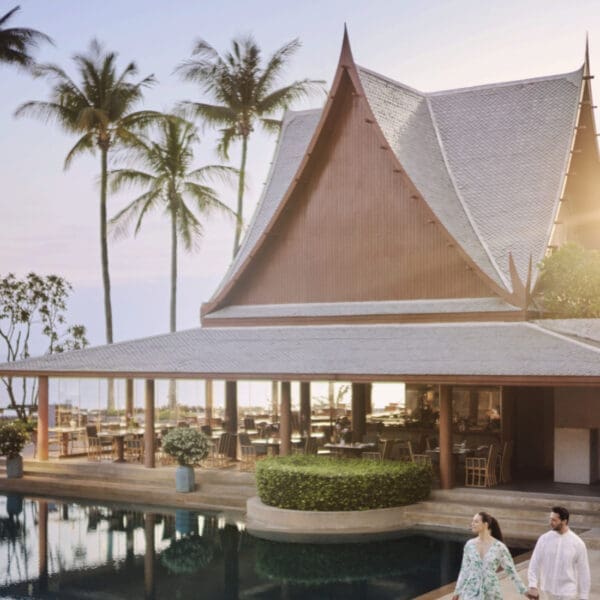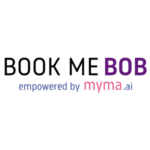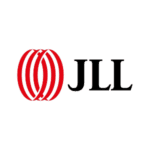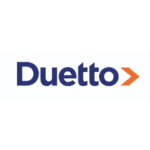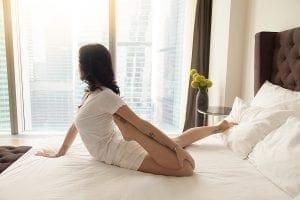 While having strong revenue management will always be paramount for any hotel, growing ADR and making your nightly rates less elastic to market conditions is largely dependent on brand differentiators and the operations you establish to make the guest experience memorable. The pandemic hasn’t stopped this pursuit, merely pivoted it as we all look to swim in the stream of new customer habits.
While having strong revenue management will always be paramount for any hotel, growing ADR and making your nightly rates less elastic to market conditions is largely dependent on brand differentiators and the operations you establish to make the guest experience memorable. The pandemic hasn’t stopped this pursuit, merely pivoted it as we all look to swim in the stream of new customer habits.
The bulk of these new traveler behaviors pertain to the delivery of a safe onsite stay through sanitization and social distancing. Our messaging to prospective guests is mostly designed to assure them of this quality via upgraded cleaning and disinfection standards, as well as the implementation of contactless technologies to remove (or reduce) physical touchpoints, all without compromising our service delivery.
But look deeper. If every property is discussing COVID-19 safety updates, then how can you ever stand apart by doing the same? Before you cry foul, know that communicating these assurances is absolutely critical, but you must do more.
The post-pandemic travel world continues to evolve in many fascinating ways, presenting a host of trends that you can take advantage of in order to give your brand an emotionally charged edge. For instance, with the surge in dog adoptions stemming from the widespread social isolation over the past year, do you think that more guests will be searching for pet friendly hotels?
Many of us have now grown accustomed to the home life. Remote work policies mean fewer commutes into the office, while simultaneously, our options for journeying about the world are still limited due to the swath of restaurant, bar, gym, salon and retail store closures. New habits are solidifying. We work from home; we cook for ourselves more often; our living rooms double as fitness centers.
All this social isolation has caused us to become more introspective. We will expect hotels to appease this behavior with new in-room amenities so that we can still have a great guest experience but without strictly relying upon access to onsite (and potentially high contact) facilities to achieve this. A clear path to this goal is through wellness features added to each guestroom.
Indeed, most of the major brands are already seizing upon this trend, like Accor’s All Stay Well or Hyatt Together which are both on-demand content services offering a range of exercise, meditation, mobility, sleep or yoga routines, often through partnerships with leading players in the wellness space. What I emphasize here is that if the big chains are bolstering their brand standards in this regard, then you cannot allow your property to get left behind.
The beauty therein is that wellness is such a catchall term these days that you can get as creative as your budget permits to build a unique interpretation. While you may not have the resources to put together a full-fledged app, this shouldn’t stop you from exploring your options.
Get your team together; make it a fun brainstorming exercise. Here are some ideas:
- Onsite fitness, meditation or yoga calls, kept within the new guidelines for viral safety via clearly marked attendee floor circles, strict online booking for contact tracing and the option of a video alternative for those who want to remain in their rooms
- Basic exercise equipment like yoga mats, bands, roam rollers or light weights, available in the room or at request, and always disinfected prior to delivery
- Healthy foods with nutritional tidbits, available as a surprise-and-delight welcome amenity, as part of a rejuvenated room service program or in the minibar, again abiding by sanitization rules
- In-room aromatherapy, which can encompass flowers, allergen-free materials, essential oil diffusers or branded scents
- Anything else that can bring the calming experience of an onsite spa into the guestroom such as beauty product or grooming samples
- Personal wellness consultations, conducted either in-person with physical distancing, or via your preferred platform for videoconferencing
- Mindfulness enhancers such as stimulating in-room artwork, hydrotherapy, daily haikus or thoughtful materials accessible via a phone, tablet or TV
Undoubtedly your team can come up with a myriad of incredible recommendations that are tailored to your specific region if you give them a day or two. Importantly with all of these ideas listed above, there’s the possibility for an upsell by making these prearrival purchases, add-on services at any extra cost, bundling them into a rooms package or incorporating them into a higher product tier.
Take heed, though, as right now these wellness amenities can be marketed or sold as a value-add for your brand. Similar to what we’ve seen with the rapid adoption of upgraded cleanliness and safety SOPs this past spring, these aspirational trends can have a way of quickly becoming the expectation. The more that chains embrace in-room wellness, the more likely these amenities are to be perceived as standard rather than noteworthy across our entire industry.
Ultimately, moving into the wellness space should start with a pledge to continually guide your guests on the path of introspective self-improvement. To be started, it need not be something so elaborate and comprehensive. Simple is often better.
As my dear friend, Janis Clapoff, now the General Manager at Belmond El Encanto located in the hills just north of Santa Barbara, remarks, “In this new age we’re living in, good morning cards via room service or a positive affirmation with a flower and calming quote during turndown can go a long way. After the madness of the pandemic, we should all slow down and literally smell the roses.”





